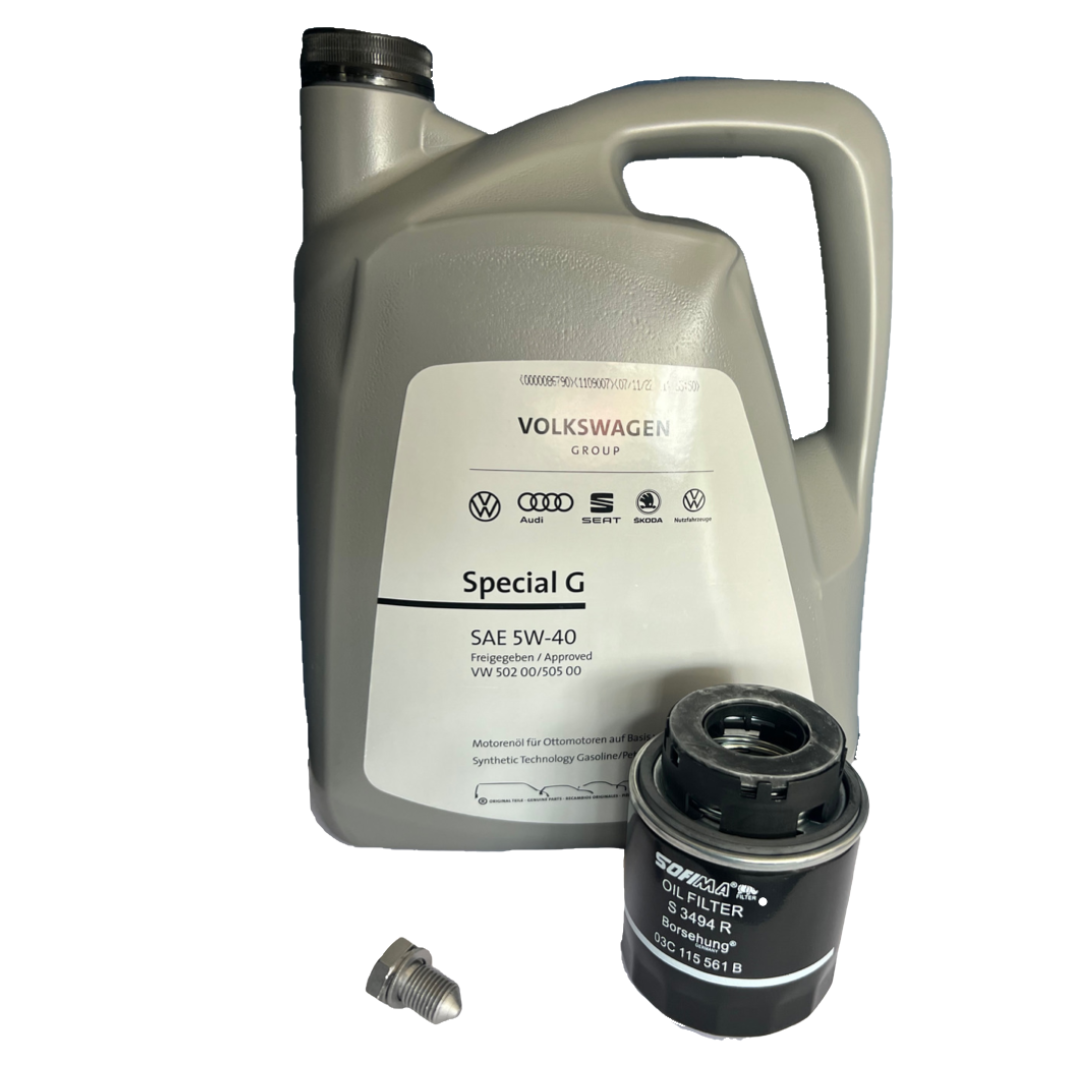Prevent operational issues with a well-tuned clp engine.
Prevent operational issues with a well-tuned clp engine.
Blog Article
Exactly How a Clp Engine Can Enhance Performance in Different Industries
The development of CLP engines marks a substantial shift in operational efficiency across various markets, driven by their ability to optimize gas usage and lessen downtime. As organizations progressively prioritize sustainability alongside efficiency, the function of CLP engines becomes also extra vital.
Introduction of CLP Engines
CLP engines, or Continuous Liquid Propellant engines, represent a substantial advancement in propulsion technology, particularly for room applications. These engines make use of a continuous feed system that enables for the continual expulsion of propellant, causing boosted efficiency and performance contrasted to typical solid or hybrid propulsion systems. By keeping a continuous flow of fluid propellant, CLP engines can achieve more exact thrust control, which is critical for maneuvering spacecraft in various objective scenarios.
The style of CLP engines integrates sophisticated materials and cutting-edge gas monitoring systems. clp engine. This results in lowered weight and increased reliability, essential factors for long-duration room goals. The constant operation decreases the danger of combustion instability, an usual obstacle in standard rocket engines.

Advantages in Manufacturing
The manufacturing of Constant Liquid Propellant (CLP) engines provides numerous remarkable benefits that improve both efficiency and cost-effectiveness. Among the key benefits is the structured production process, which lowers the complexity associated with conventional propulsion systems. By making use of liquid propellant, makers can accomplish better accuracy in engine efficiency, resulting in maximized power outcome and reduced waste.
Furthermore, CLP engines help with a higher degree of modularity, enabling easier combination right into various production lines. This flexibility can substantially reduce lead times and boost overall functional versatility. Using CLP modern technology likewise often tends to reduce the requirement for considerable upkeep as a result of less moving components, which translates right into reduced downtime and operational prices.

Applications in Logistics
Leveraging Constant Fluid Propellant (CLP) engines in logistics supplies considerable advantages in functional effectiveness and dependability. These engines supply a durable option for numerous transport needs, enabling the smooth movement of items across large ranges. The fundamental layout of CLP engines permits regular power output, which converts into smoother and more foreseeable transport routines.
Among the key applications of CLP engines in logistics remains in heavy-duty products transportation, where they can drive both ground and aerial vehicles. Their capacity to keep high efficiency under varying lots problems ensures that delivery timelines are fulfilled, thereby boosting consumer fulfillment. In addition, CLP engines can be integrated into automated logistics systems, helping with real-time monitoring and enhancing path preparation.
In addition, the durability of CLP engines lowers upkeep downtime, enabling logistics firms to maximize their functional capabilities. This is particularly beneficial in warehousing procedures, where performance in taking care of and moving goods is important. As logistics proceeds to develop, the integration of CLP engines represents a forward-thinking strategy that not just enhances performance yet also sustains the sector's growing demands for integrity and speed.
Impact on Power Performance
How do Constant Liquid Propellant (CLP) engines boost energy performance in transportation? CLP engines make use of a consistent circulation of liquid fuel, maximizing combustion procedures and preserving a steady thrust output. This style lessens energy losses connected with traditional combustion engines, where gas delivery can differ and lead to inadequacies.
The constant procedure of CLP engines permits a much more effective thermal cycle, causing higher certain impulse compared to standard engines. clp engine. This translates to lowered fuel usage for the very same amount of work done, substantially lowering operational prices across various transport fields, including air travel and maritime sectors
Moreover, the capability of CLP engines to maintain optimum performance under differing load conditions lowers the requirement for constant acceleration and slowdown, better improving gas performance. Boosted power you can look here performance not just adds to cost financial savings however additionally leads to decrease greenhouse gas exhausts, lining up with global sustainability goals.
Future Trends and Innovations
Arising innovations in Constant Fluid Propellant (CLP) engine innovation pledge to revolutionize the landscape of transportation efficiency and sustainability. As industries pivot towards greener alternatives, CLP engines stand at the forefront, integrating ingenious products and style techniques that boost performance while decreasing environmental influence.
Among one news of the most encouraging patterns is the adoption of hybrid systems that integrate CLP engines with renewable resource sources. This synergy can optimize gas consumption and lower exhausts, lining up with global sustainability objectives. Moreover, developments in computational fluid dynamics (CFD) are helping with the layout of more aerodynamically efficient engines, causing minimized drag and enhanced fuel effectiveness.
Additionally, the development of clever tracking systems is set to enhance functional performances. These systems take advantage of data analytics and IoT innovation to maximize engine efficiency in real-time, making sure that the engines run within their most effective specifications.
As study remains to discover alternate propellant formulas-- such as biofuels and artificial fuels-- the future of CLP engines looks encouraging. By harnessing these developments, markets can not just enhance their efficiency however also add considerably to a cleaner, more lasting future in transport.
Conclusion
In verdict, CLP engines represent a significant improvement in effectiveness across several markets. The integration of sophisticated materials and fewer moving components reduces upkeep needs, while placement with sustainability objectives placements CLP engines as a critical innovation for the future.
Report this page